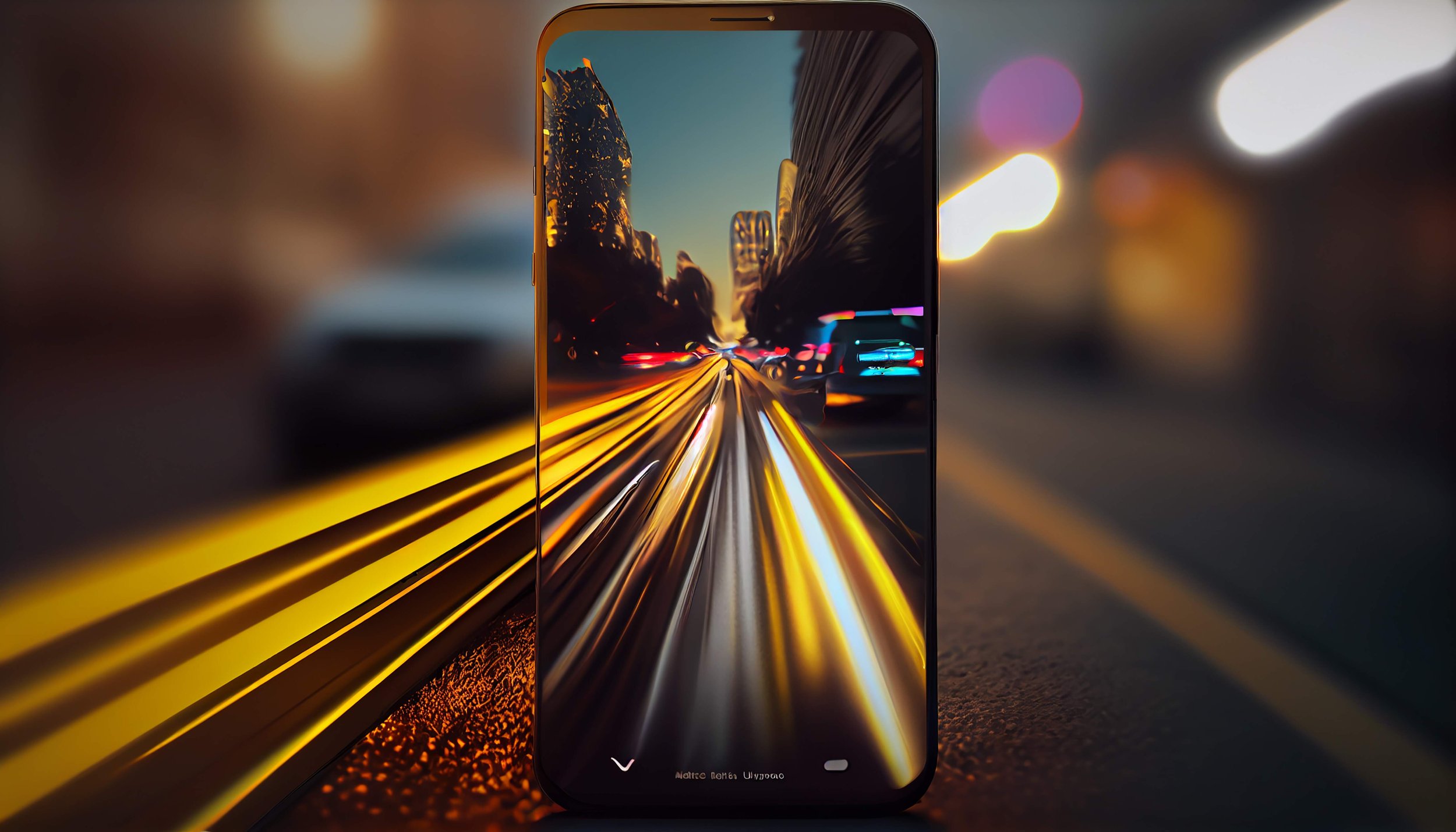Grab attention with mobile optimised snappy content.
In 2024, a staggering 60.67% of website traffic comes from mobile devices (1). That’s more than half of all web traffic, emphasising the importance of mobile optimisation.
If your content isn’t optimised for mobile, you’re missing out on a huge audience.
Let’s explore strategies for making your mobile content engaging and effective.
Hook users with catchy marketing headlines.
Headlines are your first chance to grab attention. On mobile, they need to be even more compelling.
Effective headlines are short, punchy, and convey the main point quickly.
Instead of “How to Optimise Your Website Content Strategy for Mobile Users” opt for “Boost Your Mobile Reach Now!”
Research shows that headlines under 60 characters are most effective on mobile screens (2).
Keep it concise.
Mobile users prefer quick, digestible information. Long paragraphs can overwhelm small screens, so break your content into bite-sized chunks.
Use:
- Bullet points
- Short sentences
- Clear headings and subheadings
This helps to make your content easy to scan.
For example, instead of a lengthy introduction, start with key points and expand on them.
Fast-loading content equals happy users.

A speedy webpage is crucial for maintaining user engagement and boosting conversions. Keep this in mind for all your content additions to your website, including blogs, whitepapers and case studies.
Slow load times can frustrate users and lead them to abandon your site in favour of a faster competitor.
One effective way to enhance your site’s speed is to optimise images, a practice we follow for all our website content at Kyyte.
This means reducing the file size of images without compromising their quality, which helps your website load faster.
Techniques include:
- Compressing images
- Using appropriate file formats (like JPEG for photos and PNG for graphics)
- Leveraging browser caching
Tools like Google PageSpeed Insights can help identify and fix issues that are slowing down your site (3). Ensuring your website loads quickly improves user satisfaction and increases the likelihood of conversions.
Easy website navigation is key.
Ensure your mobile site is intuitive. Users should find what they need in a few taps. Implement a simple menu and ensure all buttons and links are thumb-friendly.
A well-structured, easy-to-navigate site reduces bounce rates and keeps users engaged longer.
Copywrite CTAs that convert.
Your call-to-action (CTA) should be brief and action-oriented.
“Shop Now” or “Learn More” works better than “Click Here for More Information.”
Make your CTAs prominent and easy to tap on small screens. The more straightforward and direct your CTA, the better it performs on mobile devices.
Design for mobile first.

Always design your page with a mobile-first mindset. Test your layout on various devices to ensure it looks great on all screen sizes. Remember, a positive mobile experience can significantly reduce bounce rates and improve user retention.
Responsive design adapts your site to different devices, ensuring a consistent user experience.
Enhance user experience with personalisation.
Personalisation can significantly enhance user experience on mobile devices. Use data to tailor content to individual users.
Personalised content can increase engagement by providing relevant information that resonates with the user.
This could include personalised product recommendations, location-based services, and dynamic content that changes based on user behaviour.
Implement voice search optimisation.
With the rise of virtual assistants like Siri and Google Assistant, optimising for voice search is becoming increasingly important.
Voice searches tend to be more conversational and longer than text searches.
Incorporate natural language and long-tail question-based keywords into your content to capture voice search traffic.
Leverage mobile-specific features.

Take advantage of mobile-specific features to enhance user experience.
These include:
- Click-to-call buttons
- Location services
- Mobile wallets
For example, click-to-call buttons allow users to contact you directly without navigating away from your website, enhancing convenience and improving user satisfaction.
Perform regular user testing and collect feedback.
Regularly test your mobile site with real users to identify pain points and areas for improvement.
Collect feedback and use it to refine the user experience continuously.
Conduct A/B testing on different layouts and CTAs to see what works best for your audience. User testing ensures your site remains user-friendly and effective.
Embrace Progressive Web Apps (PWAs).
Progressive Web Apps (PWAs) offer a mobile experience similar to native apps without the need for downloads.
PWAs provide fast loading times, offline functionality, and push notifications, enhancing user engagement.
Consider developing a PWA to offer a seamless mobile experience that keeps users returning.
Use analytics to inform decisions.
Utilise tools like Google Analytics or solutions like Hotjar (4) to track mobile user behaviour on your website.
These tools provide insights into how visitors interact with your site, highlighting areas for improvement.
Always use data to make informed decisions about content and design adjustments, ensuring your mobile site meets user needs and intent.
Ready for optimised content marketing? Start today!
Optimising for mobile is no longer optional; it’s essential for maintaining a competitive edge.
Focusing on concise content, snappy headlines, and a seamless user experience can ensure your website meets the needs of today’s mobile users.
Continuously test and refine your mobile strategy to stay ahead of the curve and provide your audience with the best possible experience.
Mobile optimised content FAQs.
What is mobile optimisation?
Mobile optimisation ensures that your website and its content are easily accessible, readable, and functional on mobile devices such as smartphones and tablets. This involves designing your site with a mobile-first approach, which means prioritising the mobile user experience over the desktop.
Key elements of mobile optimisation include responsive design, fast loading times, intuitive navigation, and concise, engaging content tailored for smaller screens. Effective mobile optimisation enhances user experience, reduces bounce rates, and can significantly improve your site’s search engine rankings and conversion rates.
Why is mobile optimisation important for my website?
Mobile optimisation is crucial because most web traffic comes from mobile devices. In 2024, over half of global internet traffic is from mobile users. A mobile-optimised website ensures a better user experience, leading to higher engagement, lower bounce rates, and increased conversions. Moreover, search engines like Google prioritise mobile-friendly websites in their rankings, meaning a mobile-optimised site can significantly improve your visibility and search engine performance.
What are some effective strategies for creating mobile-friendly content?
Creating mobile-friendly content involves several key strategies:
Concise writing: Keep content short and to the point. Use bullet points and short paragraphs to make information easy to scan.
Engaging headlines: Use snappy, attention-grabbing headlines that quickly convey the main point.
Visual content: Incorporate images, videos, and infographics to break up text and keep users engaged.
Readable fonts: Use fonts that are easy to read on small screens and ensure text size is large enough for readability.
Clear CTAs: Make calls-to-action (CTAs) prominent and easy to tap. Use action-oriented language to encourage user interaction.
What are Progressive Web Apps (PWAs)?
Progressive Web Apps (PWAs) are web applications that use modern web capabilities to deliver an app-like experience to users. They combine the best web and mobile apps, offering features such as offline functionality, push notifications, and fast load times. PWAs are designed to work on any platform that uses a standards-compliant browser, providing a seamless user experience across different devices without downloading an app store. They enhance engagement and can significantly improve business performance metrics by providing a reliable, fast, and engaging user experience.
How can I make my website load faster on mobile devices?
To make your website load faster on mobile devices, consider the following strategies:
Optimise images: Compress and resize images to reduce load times without compromising quality.
Leverage browser caching: Store some data locally on users’ devices to reduce load times for returning visitors.
Minimise HTTP requests: Reduce the number of elements on your page to decrease the number of HTTP requests.
Use a content delivery network (CDN): To ensure faster delivery, distribute your content across various servers worldwide.
Enable compression: Use Gzip or Brotli to compress your files before sending them to the browser.
Eliminate render-blocking resources: Ensure that JavaScript and CSS files do not block the rendering of the page content.
Optimise CSS and JavaScript: Reduce and combine CSS and JavaScript files to reduce their size and the number of requests.
Sources:
- What’s The Big Data, 2024: Internet Traffic from Mobile Devices
- Smart Insights, 2024: Mobile Marketing Statistics
- Google PageSpeed Insights: PageSpeed Insights
- Hotjar: Website Heatmaps & Behavior Analytics Tools
